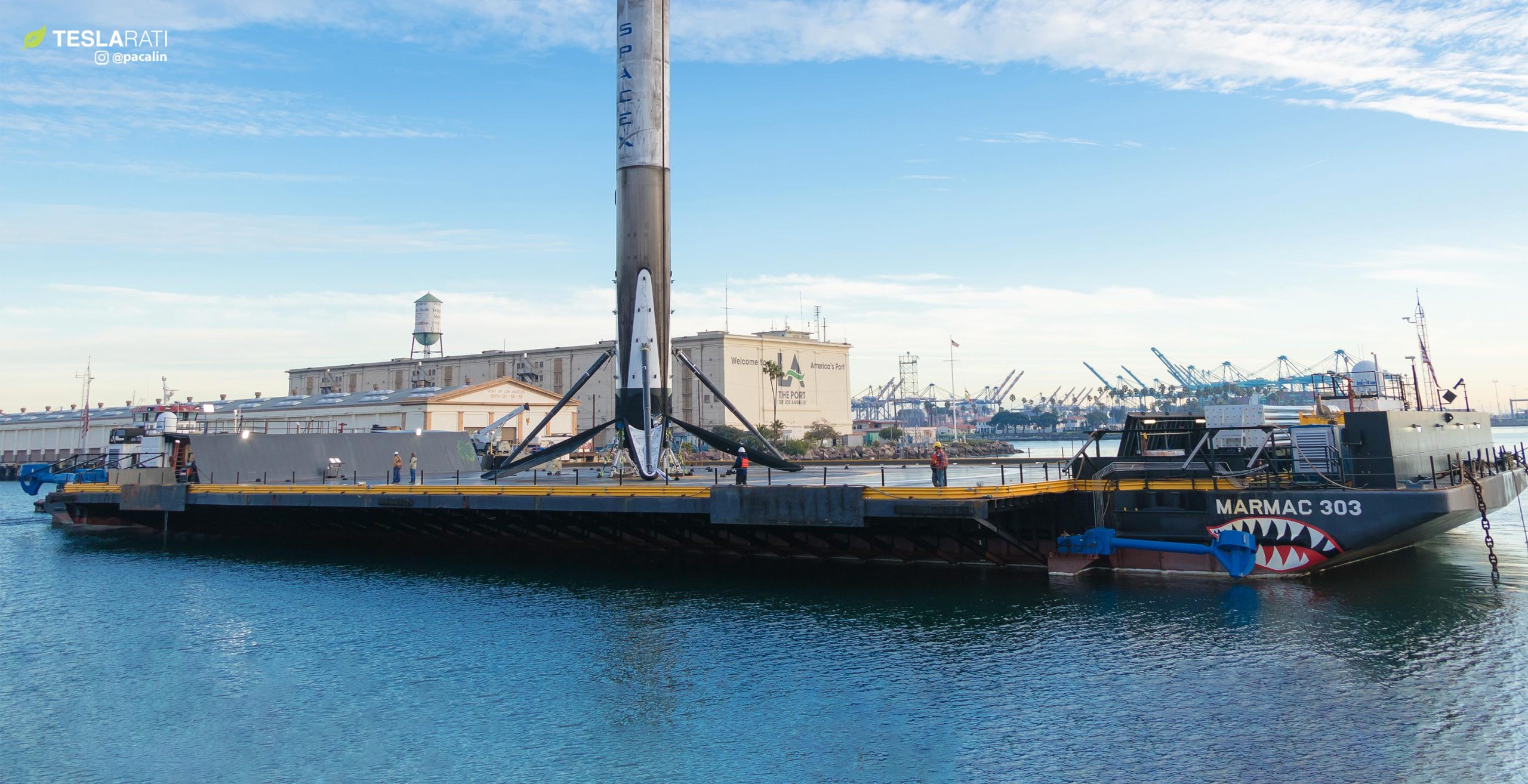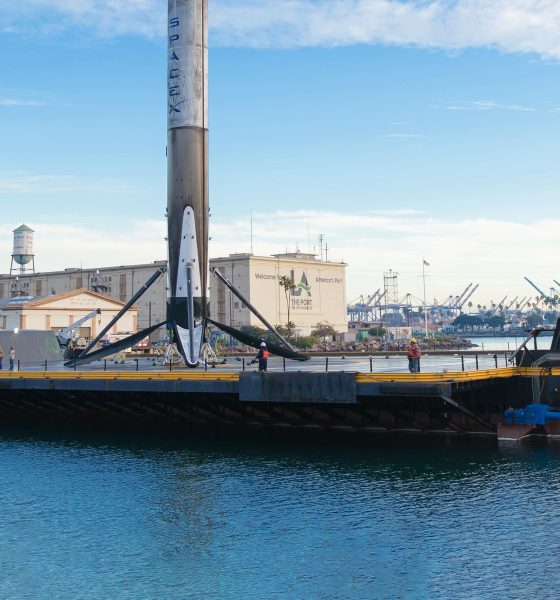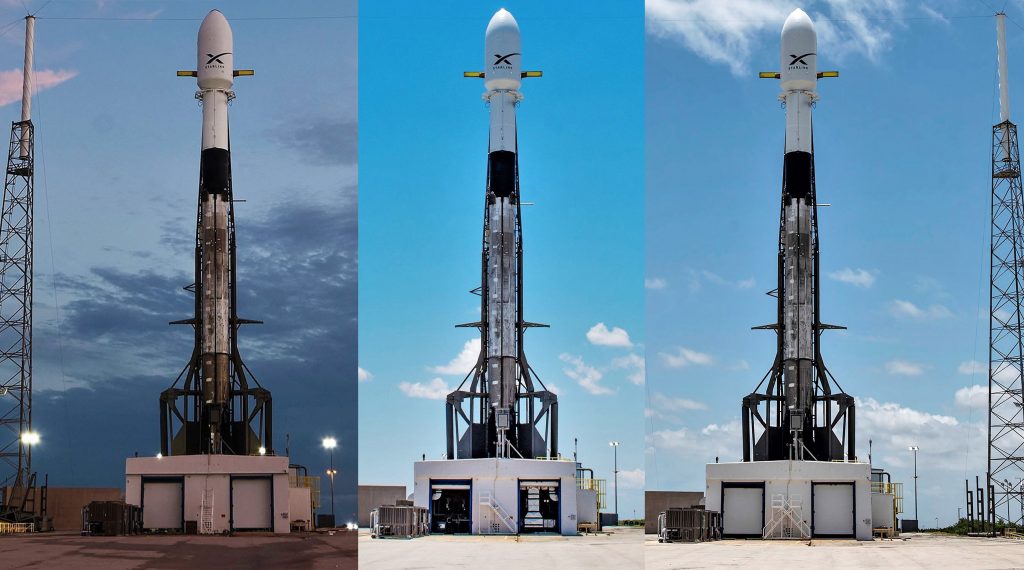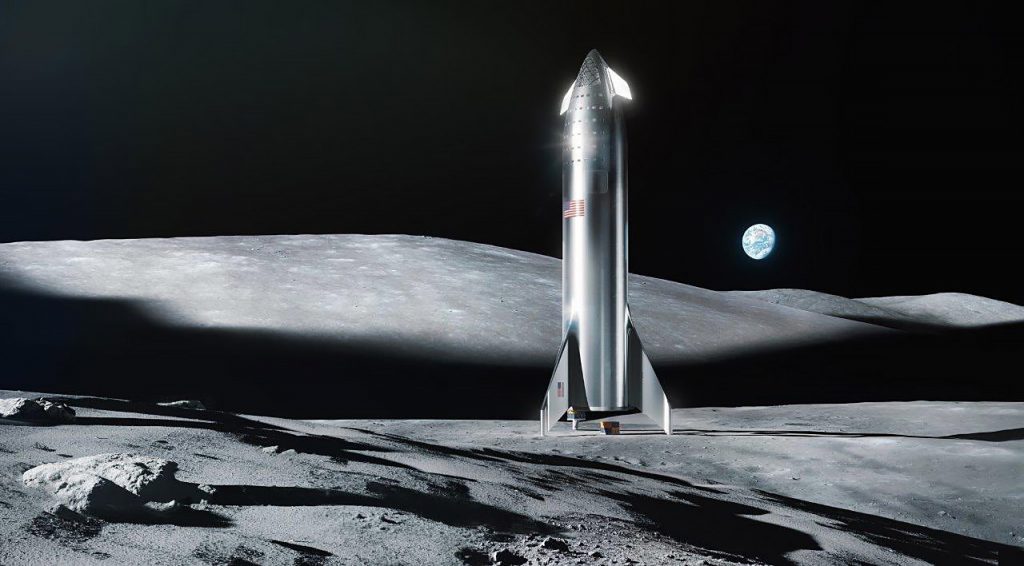

News
SpaceX sends Falcon 9’s West Coast drone ship to the Panama Canal in surprise move
In a surprise turn of events, SpaceX has decided to send Just Read The Instructions (JRTI) – one of the company’s two autonomous spaceport drone ships (ASDS) – from Port of Los Angeles to either the Gulf or East Coast.
The likely destination: either Port Canaveral, Florida or Port of Brownsville, Texas. This move comes as the company enters a major lull in launch activities from its West Coast SLC-4 pad, situated in California’s Vandenberg Air Force Base (VAFB). Lacking manifested launches, SpaceX has gone as far as redistributing almost all of its VAFB-based launch team and laying off those that could not move to Texas or Florida. As early as the first half of 2020, this major move east could easily culminate in the end of all West Coast SpaceX fleet activity, aside from a rare fairing retrieval or two.
On June 12th, SpaceX successfully launched what is expected to be its last West Coast mission for at least 6-9 months, while drone ship JRTI was most recently used to recover a VAFB-launched Falcon 9 booster during the January 11th launch of Iridium NEXT-8. Unexpectedly, it appears that Falcon 9 B1049.2’s landing aboard JRTI will be the drone ship’s last West Coast recovery for quite some time.

On August 1st, the approximately 300 foot by 170 foot converted barge departed its well-worn Port of Los Angeles berth behind tugboat “Alice C”. In fact, the drone ship’s departure went unknown for a solid 12-24 hours before a member of the unofficial SpaceX subreddit (/r/SpaceX) discovered paperwork filed with the Panama Canal Authority for an August 15th passage.
Back in January 2019, SpaceX fairing recovery vessel Mr. Steven (now GO Ms. Tree) – in a bit of what now is obvious foreshadowing – began a very similar ~5000 mi (8000 km) journey, traveling from Port of LA to Port Canaveral via the Panama Canal. Mr. Steven, however, is a far faster ship and sustained a solid 15-20 knots (17-22 mph) over the entire voyage, while drone ship JRTI – towed the entire way – will have to suffice with an average speed less than half that.
Where to?
Assuming a day-long canal passage, JRTI’s journey to Port Canaveral or Brownsville would take no less than three weeks (~22 days) from start to finish, indicating a likely arrival at the unknown final destination in the third week of August. The two probable destinations, Texas and Florida, would both arguably make sense.
In Florida, SpaceX drone ship Of Course I Still Love You (OCISLY) is now tasked with handling the vast majority of SpaceX’s non-LZ booster recoveries, including Falcon Heavy center cores. In February 2018, CEO Elon Musk noted that a third drone ship (aside from JRTI & OCISLY) was “under construction” with the intention of allowing SpaceX to conduct Falcon Heavy launches where the center core is expended and both side boosters land at sea.
Perhaps SpaceX analyzed its fairly short West Coast manifest and decided that it would be even faster (and cheaper) to simply send JRTI East. Falcon Heavy’s next (public) launch is scheduled no earlier than late 2020, ruling out that as a primary motivation, but SpaceX is also about to begin operational Starlink launches that will demand an unprecedented cadence. Starlink’s cadence requirements could be so high that a second dedicated drone ship is necessary to prevent SpaceX’s internal manifest from delaying and generally disrupting its customers’ launches, thus explaining JRTI’s move.

At the same time, the spectacular pace of SpaceX’s orbital Starship prototype construction could very well demand the use of a large ocean-based landing platform in the near-term, at least according to Elon Musk’s recent comments on the subject of the first Starship test flights. Per Musk, either or both of SpaceX’s two Starship Mk1 (technically Mk1 & Mk2) prototypes could be ready for their first significant flights as early as September 2019, initially targeting altitudes of at least 20 km (12 mi).

Somewhat coincidentally, Starship’s tripod fin-legs – circa. a September 2018 design update – would actually almost fit inside the span of a Falcon 9 booster’s deployed landing legs (~18m diameter). This is to say that SpaceX’s two drone ships may already be large enough (give or take) to support Starship and Super Heavy booster landings. Given that the SpaceX plans to eventually put one or both of the in-work orbital Starship prototypes through an increasingly intensive series of high-speed, high-altitude (but still suborbital) tests before the first orbital flights, a drone ship may be necessary for the same reasons that not all Falcon 9 boosters can conveniently return to land during recovery.
Regardless of the ultimate purpose of drone ship JRTI’s move, it is undoubtedly a sign that things are about to get even more interesting and exciting in the world of SpaceX.
Check out Teslarati’s Marketplace! We offer Tesla accessories, including for the Tesla Cybertruck and Tesla Model 3.

News
Tesla FSD fleet is nearing 7 billion total miles, including 2.5 billion city miles
As can be seen on Tesla’s official FSD webpage, vehicles equipped with the system have now navigated over 6.99 billion miles.

Tesla’s Full Self-Driving (Supervised) fleet is closing in on almost 7 billion total miles driven, as per data posted by the company on its official FSD webpage.
These figures hint at the massive scale of data fueling Tesla’s rapid FSD improvements, which have been quite notable as of late.
FSD mileage milestones
As can be seen on Tesla’s official FSD webpage, vehicles equipped with the system have now navigated over 6.99 billion miles. Tesla owner and avid FSD tester Whole Mars Catalog also shared a screenshot indicating that from the nearly 7 billion miles traveled by the FSD fleet, more than 2.5 billion miles were driven inside cities.
City miles are particularly valuable for complex urban scenarios like unprotected turns, pedestrian interactions, and traffic lights. This is also the difference-maker for FSD, as only complex solutions, such as Waymo’s self-driving taxis, operate similarly on inner-city streets. And even then, incidents such as the San Francisco blackouts have proven challenging for sensor-rich vehicles like Waymos.
Tesla’s data edge
Tesla has a number of advantages in the autonomous vehicle sector, one of which is the size of its fleet and the number of vehicles training FSD on real-world roads. Tesla’s nearly 7 billion FSD miles then allow the company to roll out updates that make its vehicles behave like they are being driven by experienced drivers, even if they are operating on their own.
So notable are Tesla’s improvements to FSD that NVIDIA Director of Robotics Jim Fan, after experiencing FSD v14, noted that the system is the first AI that passes what he described as a “Physical Turing Test.”
“Despite knowing exactly how robot learning works, I still find it magical watching the steering wheel turn by itself. First it feels surreal, next it becomes routine. Then, like the smartphone, taking it away actively hurts. This is how humanity gets rewired and glued to god-like technologies,” Fan wrote in a post on X.
News
Tesla starts showing how FSD will change lives in Europe
Local officials tested the system on narrow country roads and were impressed by FSD’s smooth, human-like driving, with some calling the service a game-changer for everyday life in areas that are far from urban centers.

Tesla has launched Europe’s first public shuttle service using Full Self-Driving (Supervised) in the rural Eifelkreis Bitburg-Prüm region of Germany, demonstrating how the technology can restore independence and mobility for people who struggle with limited transport options.
Local officials tested the system on narrow country roads and were impressed by FSD’s smooth, human-like driving, with some calling the service a game-changer for everyday life in areas that are far from urban centers.
Officials see real impact on rural residents
Arzfeld Mayor Johannes Kuhl and District Administrator Andreas Kruppert personally tested the Tesla shuttle service. This allowed them to see just how well FSD navigated winding lanes and rural roads confidently. Kruppert said, “Autonomous driving sounds like science fiction to many, but we simply see here that it works totally well in rural regions too.” Kuhl, for his part, also noted that FSD “feels like a very experienced driver.”
The pilot complements the area’s “Citizen Bus” program, which provides on-demand rides for elderly residents who can no longer drive themselves. Tesla Europe shared a video of a demonstration of the service, highlighting how FSD gives people their freedom back, even in places where public transport is not as prevalent.
What the Ministry for Economic Affairs and Transport says
Rhineland-Palatinate’s Minister Daniela Schmitt supported the project, praising the collaboration that made this “first of its kind in Europe” possible. As per the ministry, the rural rollout for the service shows FSD’s potential beyond major cities, and it delivers tangible benefits like grocery runs, doctor visits, and social connections for isolated residents.
“Reliable and flexible mobility is especially vital in rural areas. With the launch of a shuttle service using self-driving vehicles (FSD supervised) by Tesla in the Eifelkreis Bitburg-Prüm, an innovative pilot project is now getting underway that complements local community bus services. It is the first project of its kind in Europe.
“The result is a real gain for rural mobility: greater accessibility, more flexibility and tangible benefits for everyday life. A strong signal for innovation, cooperation and future-oriented mobility beyond urban centers,” the ministry wrote in a LinkedIn post.
News
Tesla China quietly posts Robotaxi-related job listing
Tesla China is currently seeking a Low Voltage Electrical Engineer to work on circuit board design for the company’s autonomous vehicles.

Tesla has posted a new job listing in Shanghai explicitly tied to its Robotaxi program, fueling speculation that the company is preparing to launch its dedicated autonomous ride-hailing service in China.
As noted in the listing, Tesla China is currently seeking a Low Voltage Electrical Engineer to work on circuit board design for the company’s autonomous vehicles.
Robotaxi-specific role
The listing, which was shared on social media platform X by industry watcher @tslaming, suggested that Tesla China is looking to fill the role urgently. The job listing itself specifically mentions that the person hired for the role will be working on the Low Voltage Hardware team, which would design the circuit boards that would serve as the nervous system of the Robotaxi.
Key tasks for the role, as indicated in the job listing, include collaboration with PCB layout, firmware, mechanical, program management, and validation teams, among other responsibilities. The role is based in Shanghai.
China Robotaxi launch
China represents a massive potential market for robotaxis, with its dense urban centers and supportive policies in select cities. Tesla has limited permission to roll out FSD in the country, though despite this, its vehicles have been hailed as among the best in the market when it comes to autonomous features. So far, at least, it appears that China supports Tesla’s FSD and Robotaxi rollout.
This was hinted at in November, when Tesla brought the Cybercab to the 8th China International Import Expo (CIIE) in Shanghai, marking the first time that the autonomous two-seater was brought to the Asia-Pacific region. The vehicle, despite not having a release date in China, received a significant amount of interest among the event’s attendees.








